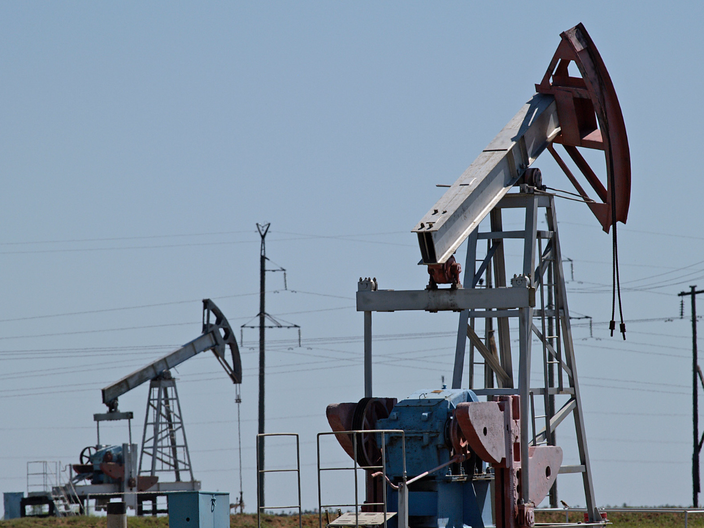Oil prices rose for the second week in a row

At around 7:00 p.m., a barrel of Brent crude oil cost $65.50, up $0.97 (1.5%). The price of American WTI crude oil rose by the same amount, to $62.59 per barrel (1.6%). On a weekly basis, both benchmarks recorded increases of 2.3% and 2.5%, respectively.
Iranian oil scares investors againA day earlier, prices had fallen more than 2 percent on signs of a possible nuclear deal with Iran. The lifting of sanctions would allow Iranian oil to return to the market, boosting global supply.
— The projected increase in OPEC+ production and the growing likelihood of an agreement with Tehran have once again strengthened the pessimistic market sentiment — comments Dennis Kissler of BOK Financial. — If geopolitical tensions continue to ease, strong seasonal fuel demand will be key to the balance — he adds.
US President Donald Trump said on Thursday that a deal with Iran was close, with Tehran having “sort of” agreed to its terms. However, there are still significant issues to be resolved, according to sources familiar with the negotiations. ING analysts estimate that lifting sanctions could increase Iranian production by about 400,000 barrels per day.
Investor optimism has also been boosted by a 90-day ceasefire in the trade war between the U.S. and China, the world’s two largest economies and oil consumers. Both sides have agreed to significantly reduce tariffs during that period. However, experts at BMI Research (part of Fitch Solutions) warn that uncertainty over the future of trade policy may limit the potential for further price increases.
Conflicts make it difficult to increase oil supplyIn addition, geopolitical tensions continue to limit the possibilities of increasing supply. The first direct talks between Russia and Ukraine in more than three years ended inconclusively, with Moscow presenting conditions that Ukrainian sources say are “unacceptable.” In turn, Israel carried out attacks on the ports of Hodeidah and Salif in Yemen on Friday, continuing its actions against Houthi forces.
The number of active drilling rigs in the U.S. fell by one this week to 473, the lowest level since January, according to Baker Hughes' weekly report.
Meanwhile, the U.S. dollar strengthened after data showed rising import prices while consumer sentiment remained low. It was the fourth week in a row that the greenback gained.
najnowsze






